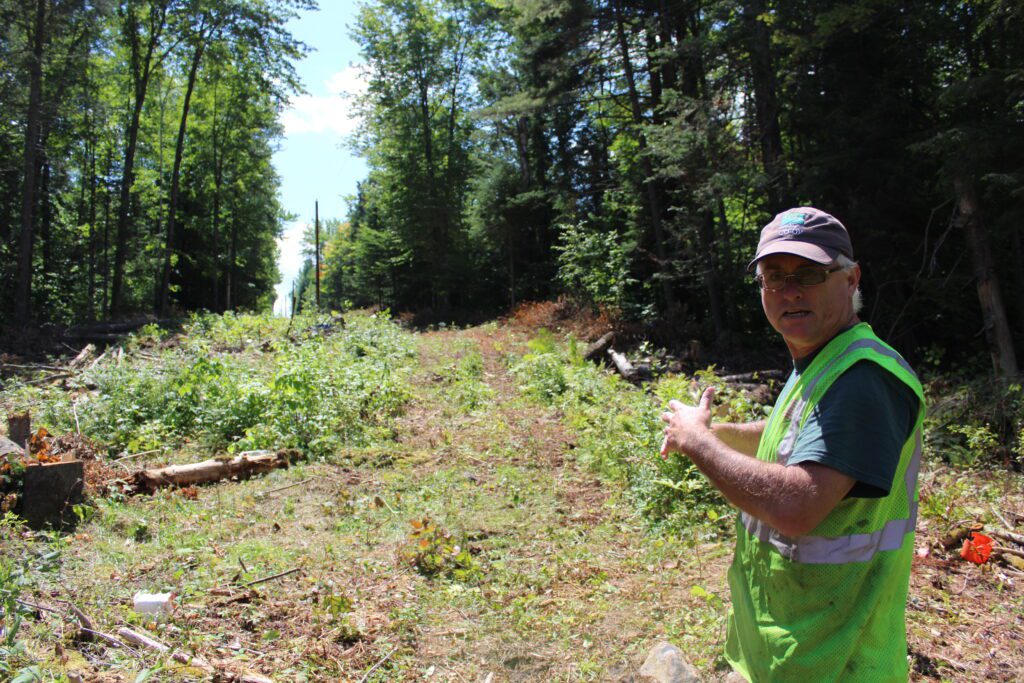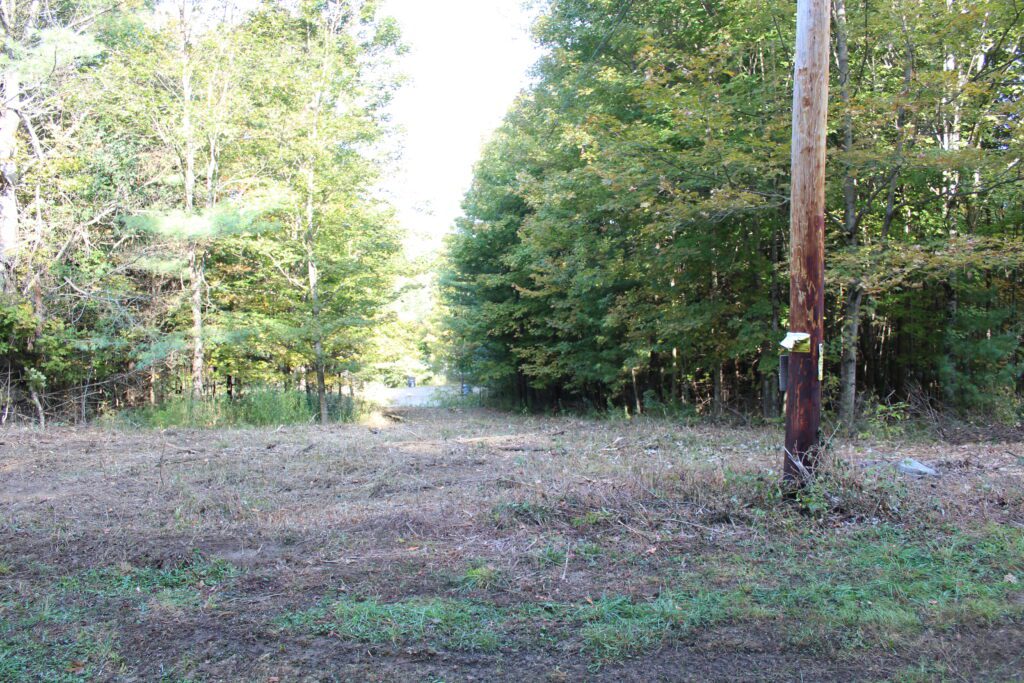What is a right-of-way?
A right-of-way is a type of easement that gives utilities the right to access private land in order to maintain shared infrastructure, such as poles and wires. Most of WEC’s power lines are distribution lines, which have a 20-foot right-of-way on either side of the line. Transmission lines have a 100-foot right-of-way.
Rights-of-way exist so utilities can restore power after outages, make repairs and updates, and manage vegetation growth under the wires in order to keep our electricity service safe and reliable.

What is WEC’s responsibility?
WEC’s primary responsibility is to provide our renewable electric power to our members safely, reliably, and affordably. In order to do that, we need to keep our rights-of-way clear of large trees likely to fall in the direction of our lines, and clear of brush on the ground. Vegetation may interfere with the wires, and during an outage, it makes power restoration difficult, less safe, and slow. WEC also has a responsibility to show respect for our members through communication and environmental stewardship.
Investing in safety and reliability
Conditions related to climate change are affecting WEC’s lines: stronger storms, tree diseases, and invasive species like the emerald ash borer cause stressed or dead trees to fall on our wires. WEC has invested more money into right-of-way clearing in order to prevent these dangerous outages. It is more economical for WEC to invest in prevention than in outage restoration and cleanup, and it improves reliability.
What is the landowner’s responsibility?
Landowners have the responsibility to allow WEC crews access to rights-of-way. That means allowing crews to reach the lines by vehicle and on foot. It also means not using rights-of-way for planting and storage. It is dangerous to put wood piles, equipment, or vehicles in rights-of-way. Small trees must be planted at least 20 feet away from power lines; taller trees must be planted at least 50 feet away. Landowners and members also have the responsibility to call WEC when they see vegetation making contact with power lines.
WEC’s right-of-way clearing practices
WEC’s operations crew and subcontracted tree crews work in rights-of-way. Crews use chainsaws and other equipment to remove brush and trees. In roadside rights-of-way, members may see crews using bucket trucks to reach branches. In rural rights-of-way, crews may use all-terrain vehicles and climbing equipment. WEC also owns a forestry head skid steer mulcher to clear large stretches of undergrowth.
WEC crews always attempt to contact landowners before accessing rights-of-way on their properties. Good wood is left for the landowner’s use. Other wood may be mulched on site.
All vegetation management is done by hand: WEC does not use herbicides in rights-of-way.

Outage? Trees or branches leaning on the wires?
Contact WEC immediately: 802-223-5245 or toll-free: 1-800-WEC-5245.
Remember to never move a tree off the wires yourself, and never approach downed wires.
Washington Electric Co-op is committed to the safety of our team and our members.
